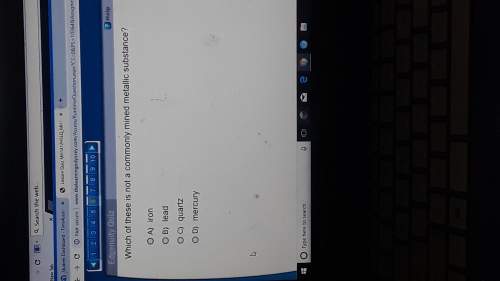
Chemistry, 12.01.2021 22:20, viktoria1198zz
VOCABULARY-fill in blanks
1. Bond type- when nonmetal atoms are held together by sharing of electrons -
2. Bond type- when the shared pair of electrons comes from just 1 atom.
3. Bond type- when two atoms share two pairs of electrons.
4. Bond type- when a more electronegative atom attracts electrons more strongly
and acquires a slight negative charge.
5. Bond type- when electrons are shared equally between two atoms.
6. Two unshared electrons NOT used in bonding.
7. The smallest representative unit of a molecular compound.
8. energy- is the amount required to break a single covalent bond.
9. Solid- a very hard substance where all C/ Si atoms are cross-bonded to each other.
10. compounds are multiple nonmetallic atoms joined together by covalent bonds.
11. A molecule made of two of the same element atoms.
12. structures- they oscillate between 2 valid bonding electron dot configurations.
13. Weakest molecular attractions caused by uneven electron motions.
14. bond- Strongest intermolecular force between molecules of H+N, O or F.
15. bond- Formed when nonmetal atoms share electrons to meet octet rule.
16. orbital- Made when 2 atom's atomic orbitals overlap in a molecule.
17. orbital- Is the one occupied by a pair of shared electrons in a covalent bond.
18. forces are the two weakest intermolecular attractions by dispersion & dipoles.

Answers: 3
Other questions on the subject: Chemistry

Chemistry, 21.06.2019 20:10, maribel2421
Starch and are common polysaccharide carbohydrates found in plants. sucrose glycogen fructose cellulose
Answers: 3


Chemistry, 22.06.2019 13:00, devontemiles8868
One of the hopes for solving the world's energy problem is to make use of the fusion reaction 21h +31h --> 42he + 10n + energy how much energy is released when 1 mol of deuterium is fused with 1 mol of tritium according to the above reaction? the masses of the atoms and the neutrons are as follows: 21h = 2.0140 amu 31h = 3.01605 amu 42he = 4.002603 amu 10n = 1.008665 amu. the speed of light is 2.9979 x 108 m/s.
Answers: 1
Do you know the correct answer?
VOCABULARY-fill in blanks
1. Bond type- when nonmetal atoms are held together by sharing of electro...
Questions in other subjects:






Mathematics, 09.07.2021 17:20


Biology, 09.07.2021 17:20








